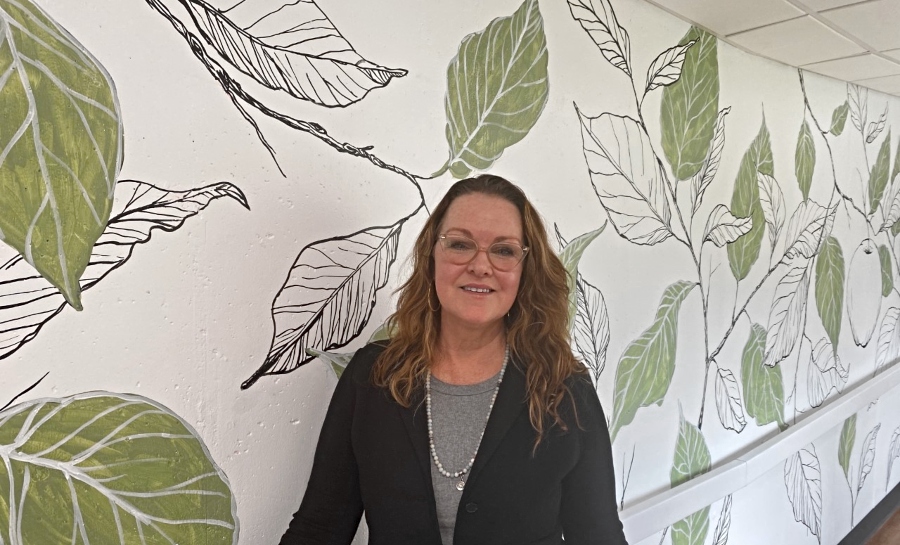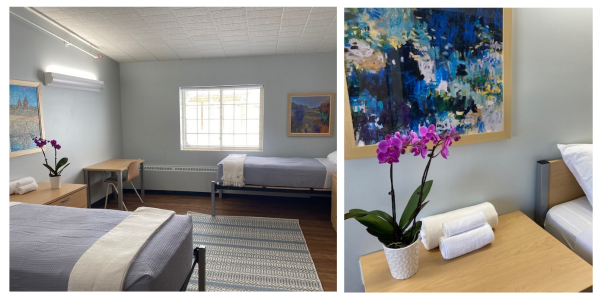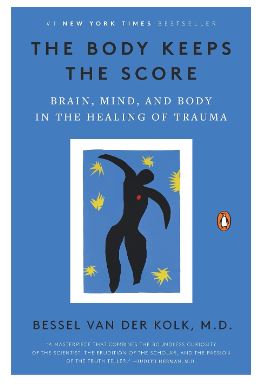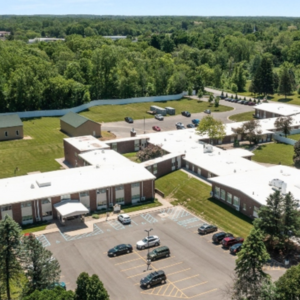Filling the Gaps in Eating Disorder Treatment – Limelight Interview

Our Limelight interviewee, Lori Kehoe, MA in the artistic hallway Sanford Comprehensive Treatment for Eating Disorders
Since March 2020, the National Eating Disorders Association helpline has had a 40% increase in overall call volume. And contrary to popular belief, eating disorders can occur in individuals of all ages, genders, and body types. Because of the prevalence or eating disorders, there is a scarcity of treatment options available.
At Sanford Comprehensive Treatment for Eating Disorders (SCTED), we are filling the gaps by treating adolescents and adults and offering outpatient (OP), intensive outpatient (IOP), partial hospitalization (PHP) and residential treatment (for adult women). Our continuum of care allows the individuals we treat to enter a program at the level that is appropriate for their symptoms. Once in treatment, they move along the continuum until their symptoms are managed long-term. Telehealth options keep the connection long distance.
Filling the Gaps in Eating Disorder Treatment
Today in the Limelight, we interview Lori Kehoe, MA, Director of Eating Disorder Services at Sanford. Lori talks about involving our patients in their own treatment objectives. She also tells us that gradually exposing individuals to triggering environments in the safety of treatment can help build skills for life.
Lori Kehoe says, “The eating disorder recovery support system is like keys on a ring. Family, church, passionate interests, 12-step meetings – we all need connection.”
Limelight Interview: Lori Kehoe, MA
1. Sanford: What is your primary focus? How do you personalize your work?
LK: My experience with eating disorders has been primarily with residential and partial hospitalization (PHP) levels of care. But my primary focus at Sanford, with the full continuum of care, is a combination of modalities that allows the client to be the most engaged in treatment and recovery. I utilize dialectical behavior therapy (DBT) combined with acceptance and commitment therapy (ACT). We identify a patient’s values, and begin to align behaviors and thoughts to those values. In so doing, they can start to build healthy relationships – with themselves and others.
Personally, at this stage in my life I want to get to the core of what matters. I want our clients to determine what is important to them. And also, to define “recovery” for themselves and have the skill development to attain full recovery.
2. Sanford: How are recovery skills developed?
LK: I am trained in Exposure and Response Prevention (ERP), which gradually exposes our clients to triggering environments in the safety of treatment. The combination of determining values, exposure practice, DBT and ACT therapy, and recovery are all connected.
3. Sanford: What is your philosophy – the things you know to be true?
LK: My philosophy is service and safety. Similarly, Sanford’s service leadership is all about the team, not about me or any individual. We must also allow our clients to be a part of their treatment plan and practice making choices in the moment.
4. Sanford: Why did you become a therapist?
LK: I have had three helping professions in my life. First, the YMCA of America program for health and wellness. Second, as an English teacher. And third, I got my MA in counseling. And as a clinical therapist, I have worked in every position in the mental health, SUD and ED treatment realms: from 2nd shift recovery support specialist to director to chief operating officer. But I have always wanted to answer the question, how do we help one another?

Soothing colors and comfortable beds at the SCTED residential treatment center.
##########################################################
For more on eating disorders:
Soul Hunger, Eating Disorders and a Historic ED Treatment Center
Michigan’s First Standalone Residential Eating Disorder Treatment Center!
##########################################################
5. Sanford: What is the key to recovery?
LK: The key is different for different people. However, underlying it all is the notion that each person must feel they have hope to hold onto. It’s actually like the keys on a ring. We all need to feel connected to our support systems: family, church, passionate interests, 12-step meetings.
6. Sanford: The pitfalls?
LK: The feeling of unworthiness and the voices in our heads saying we are not good enough.
7. Sanford: What would you describe as the fun part of your job?
LK: No question, it is being a part of a team. Also researching and finding information on neuroscience that backs up the fact that treatment is becoming mainstream. Every day I learn something new and it is a privilege to learn from the SCTED team.
8. Sanford: The challenges in your job?
LK: At the end of the day, the challenges are working with the individuals who haven’t reached the ‘all in’ point. Similarly, those who are not prepared to do the work it takes to get well. Because there is no force here, we work alongside our clients letting them know we are a resource, and they must take an active role.
9. Sanford: What are you reading at the moment?
LK: The Body Keeps the Score, by by

10. Sanford: What is your favorite journey?
LK: My favorite journey has been to be a mom. I have enjoyed every year of my kids!
11. Sanford: What makes Sanford Behavioral Health unique?
LK: Rae and David Green saw a need in their community and acted on it, filled the gaps in eating disorder treatment. They actually did it – created a foundation for authentic and motivational behavioral health work. And I also appreciate their philosophy of being a community member.
12. Sanford: What is your most marked characteristic?
LK: Marked characterisic? I am committed.
13. And your motto?
LK: Everything is figure-outable.
Words to live by! Thanks Lori.



